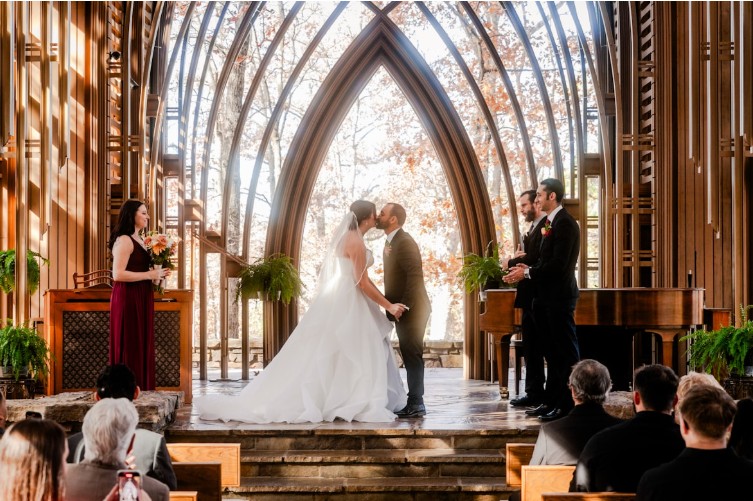How to Use Table Stands to Improve Guest Flow and Service

In a busy restaurant, hotel, or event venue, small details often have a big impact on customer experience. One of those details is the humble table stand. Though it may seem simple, the right table stand can guide guest movement, share important information, and reduce service delays.
From “Reserved” signs to order number displays, these tools play a crucial role in smooth operations. For restaurant owners, hotel managers, F&B professionals, and event planners, understanding how to use table stands effectively can improve both service quality and guest satisfaction.
Table stands are more than just holders for paper signs. They are essential communication tools that help staff and guests stay on the same page. Whether you’re managing a full-service restaurant or organizing a corporate event, using well-designed table stands can help streamline service, reduce confusion, and elevate the atmosphere.
Why Table Stands Matter for Guest Experience
A well-placed table stand can do more than show a table number or menu item. It helps orient guests the moment they enter your space. Clear, easy-to-read table signs reduce the number of questions guests ask, making them feel more confident and welcome.
Using table stands for restaurants can also create a professional and polished look. Instead of handwritten notes or improvised signage, custom table signs offer a consistent and branded appearance. This attention to detail can leave a lasting impression and increase the perceived quality of your service.
Another important role table stands play is in guiding guest behavior. Whether it’s a “Please Wait to Be Seated” sign at the entrance or “Reserved” signs on specific tables, these small signals help guests know what to do without needing staff intervention. That means smoother traffic flow and fewer service interruptions.
What Types of Table Stands Are Used in Modern Restaurants?
There are many types of table stands available today, each suited for different purposes. Choosing the right type depends on the layout of your venue and the kind of information you need to share. Here are some common use cases:
Table Number Holders
These are essential for quick and accurate service, especially in fast-casual or counter-service environments. Numbered table stands help staff deliver orders to the right guests, even when they move around.
Reserved Table Signs
A clearly marked reserved table ensures your VIP guests have their space protected. This also prevents awkward situations where guests are asked to move after seating themselves.
QR Code Menu Signs
Digital menus have become more popular. A table stand with a printed QR code makes it easy for guests to view menus, order, or pay using their smartphones.
Order Pickup or Drop-Off Signs
Signs like “Order Here,” “Pick Up Here,” or “Bus Your Tray” help direct traffic and reduce bottlenecks in the flow of guests.
Service Signs for Restaurants
Signs such as “Please Wait to Be Seated,” “Restroom This Way,” or “Specials of the Day” serve an informational purpose and help guests feel more informed.
How Table Stands Improve Service Efficiency
Using table stands in a thoughtful way can significantly improve how well your service runs. Here are a few real-world examples of how this works:
In a high-volume café, placing table number holders on each table allows customers to order at the counter and find a seat. Staff can then bring the correct order to the correct table without confusion. This speeds up service and reduces errors.
In a fine-dining restaurant, reserved table signs prevent staff from needing to explain which tables are taken. This saves time and avoids potential embarrassment for guests.
In a busy hotel breakfast area, signs directing guests where to sit or pick up their meals reduce crowding and prevent traffic jams. Guests move more freely, and staff can focus on serving rather than directing.
Table stands also help reduce the number of repeated questions. Instead of guests constantly asking where to order or whether a table is free, they can find the answer themselves with the help of clear signs. This not only improves guest experience but also reduces pressure on staff.
Which Materials and Designs Are Best?
When choosing table stands, it’s important to consider both function and aesthetics. The material and design should match the overall style of your venue while remaining durable and easy to clean.
Wood Table Stands
Wood offers a warm and rustic feel, ideal for cafes, bistros, and boutique restaurants. Solid oak or stained plywood gives a handcrafted, cozy appearance.
Acrylic Table Stands
Acrylic is sleek and modern. It works well in upscale dining areas, hotel lounges, or corporate event settings. It’s also easy to sanitize, making it suitable for high-traffic areas.
Metal or Brass Binders
For a premium look, some stands use brass or black metal clamps and binders. These are perfect for venues that want to present an elegant, upscale vibe.
Leather-Wrapped Table Signs
Leather adds a luxurious feel, suitable for hotel dining or executive events. These are less common but highly effective for venues focused on premium experiences.
Minimalist or Transparent Designs
Clear acrylic holders or simple black bases are often used in modern or minimalist restaurant interiors. They don’t distract from the decor and still deliver essential information.
How to Brand Table Stands for Added Value
Branding your table stands is a simple but powerful way to extend your visual identity throughout your venue. Instead of plain holders, custom table signs can feature your logo, colors, fonts, or even a short tagline.
A café might include a coffee bean illustration and its slogan on each table stand. A hotel dining room might use gold-accented acrylic stands engraved with the brand logo. A trendy fast-casual eatery could design stands that match its bold color scheme and typography.
Custom branding not only reinforces your identity but also helps guests remember your venue. It shows attention to detail and creates a unified visual experience.
You can even rotate custom table signs for different times of day or events. For example:
- Breakfast menus in the morning
- Happy Hour promotions in the evening
- Wedding table numbers with names or themes
- Event sponsor signs for conferences or galas
Branded signs help connect the physical environment with your overall messaging and marketing strategy.
Tips for Using Table Stands Effectively
- Keep it readable – Use large, clear fonts that are easy to read from a distance.
- Choose the right size – Make sure the sign is visible without blocking the guest’s view.
- Update content regularly – Swap out menus, offers, or QR codes as needed.
- Place strategically – Position signs where they will catch attention naturally.
- Train staff – Make sure your team knows the purpose of each sign and can explain or update them if needed.
Conclusion
Table stands are a small investment with big returns. They help control guest flow, improve communication, reduce staff workload, and elevate the overall atmosphere. Whether you operate a small café, a five-star hotel, or plan large-scale events, smart use of table stands can lead to a smoother, more enjoyable experience for your guests.
With thoughtful design, material selection, and branding, custom table signs and holders become not just functional tools—but key elements of your customer service strategy. Embracing these simple tools can transform guest experience and support efficient, professional operations across the hospitality industry.






